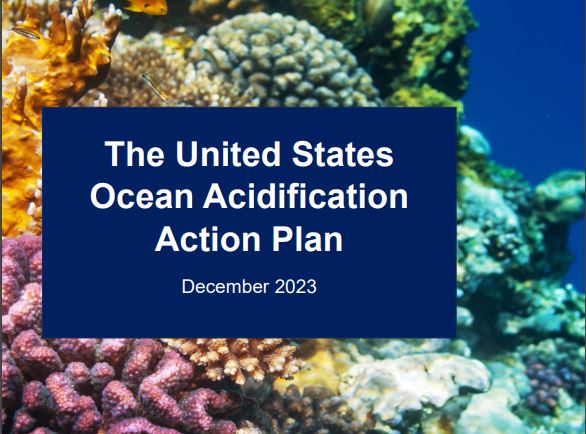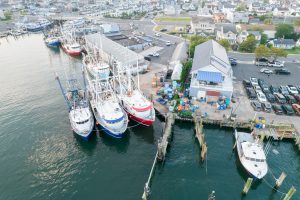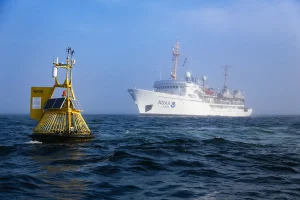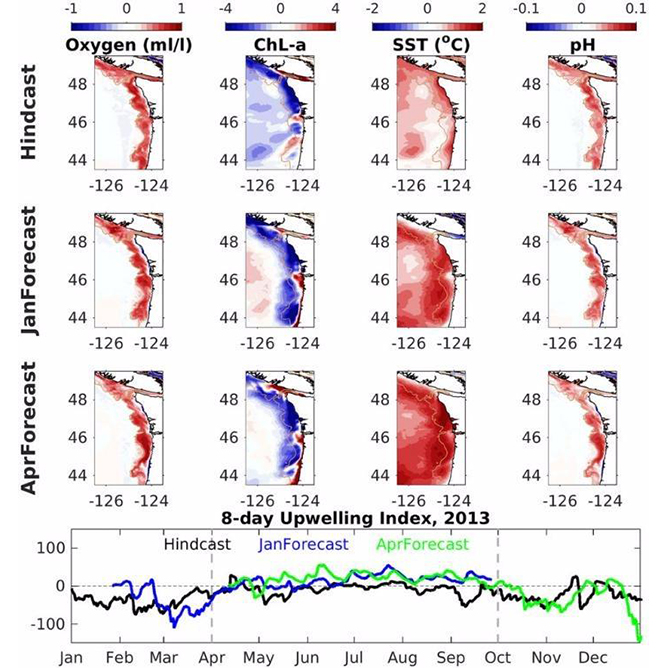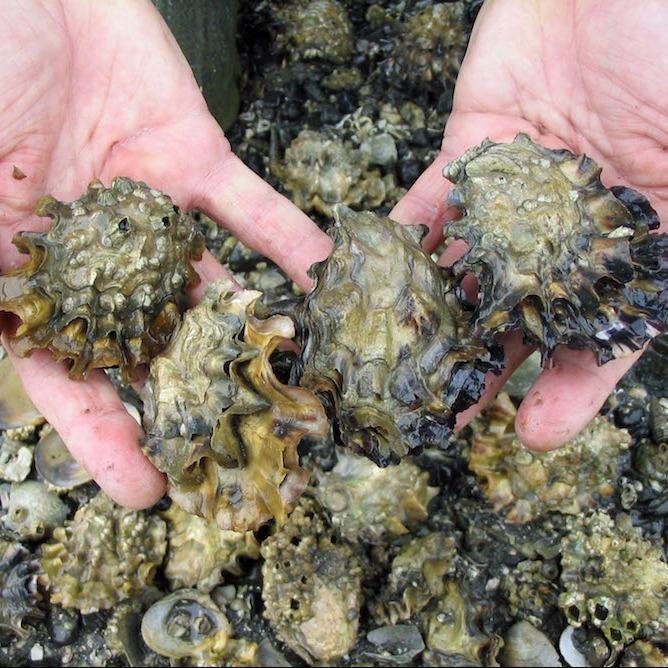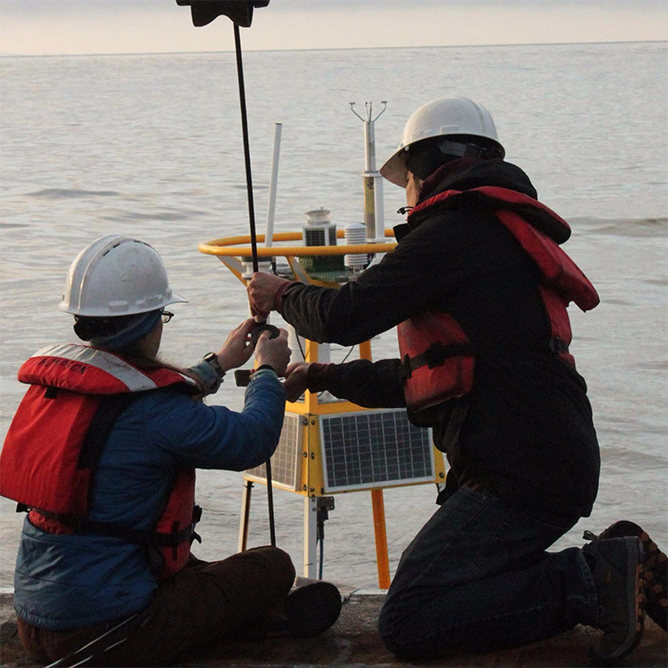A Roadmap for the other National Ocean Acidification Action Plans
The United States released the U.S. Ocean Acidification (OA) Action Plan during the United Nations Climate Change Conference (COP28) on December 10, 2023. This side event was co-hosted by NOAA Ocean Acidification Program, U.S. Department of State, and International Alliance to Combat Ocean Acidification (‘OA Alliance’), entitled “U.S. Release of National Ocean Acidification Action Plan: National governments commitment to policy and investments to implement SDG 14.3 “to minimize and address OA”. During this side event, other government leaders made commitments to domestic OA Actions including representatives from France, Sweden, Chile, Mexico, and Colombia. The U.S. is calling on more national governments to create OA Action Plans by UN Ocean Conference 2025, to support implementation of SDG 14.3
The U.S. joined the OA Alliance at the UN Ocean Conference in 2022. The OA Alliance is a voluntary coalition that works to build international momentum for actions that address the causes of OA, increase research and monitoring efforts, and advance the resilience of coastal communities. The Department of State and NOAA co-lead the U.S. national membership in the OA Alliance and worked with the OA Alliance secretariat to develop a plan for drafting the U.S. OA Action Plan. Many subnational groups, such as states, tribal nations, and organizations within the U.S. also produced action plans that served as resources for the national U.S. OA Action Plan. NOAA and the U.S. Department of State led the drafting of the US OA Action Plan. The U.S. OA Action Plan complements strategies put forward in the national Ocean Climate Action Plan published in March 2023, and existing national and international OA strategies and frameworks, such as the UN Framework Convention on Climate Change and UN Sustainable Development Goal Agendas. This action plan is a U.S. COP28 deliverable, as well as a deliverable of the UN Ocean Decade Project ‘Understanding and Addressing OA and Changing Ocean Conditions Through the Development of OA Action Plans’ and supports implementation of the Ocean Acidification Research For Sustainability (OARS) UN Decade Endorsed Programme.
The Action Plan has three key components that include 1) an overview of U.S. federal OA actions to date (2009-2023), 2) U.S. federal priorities for OA research, knowledge applications, and policy integration moving forward, and 3) best practices and recommendations for other national governments developing OA Action Plans. Across these three components, four themes were addressed including 1) OA mitigation, 2) research and monitoring, 3) resilience and adaptation, and 4) sub-national and international collaborations. This document aims to be a roadmap for other countries and to encourage them to join the OA Alliance, write action plans, and support OA activities within their countries.
